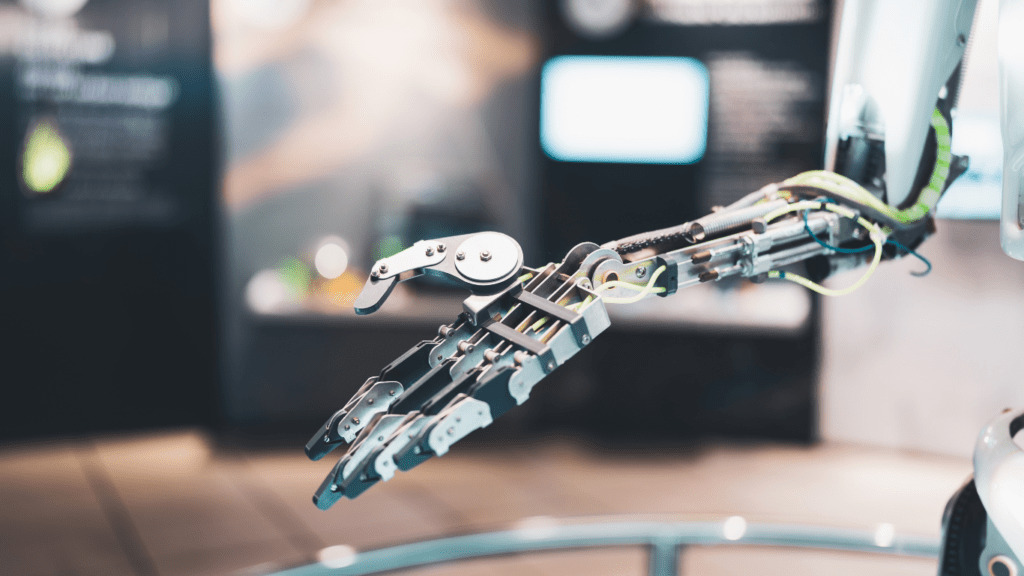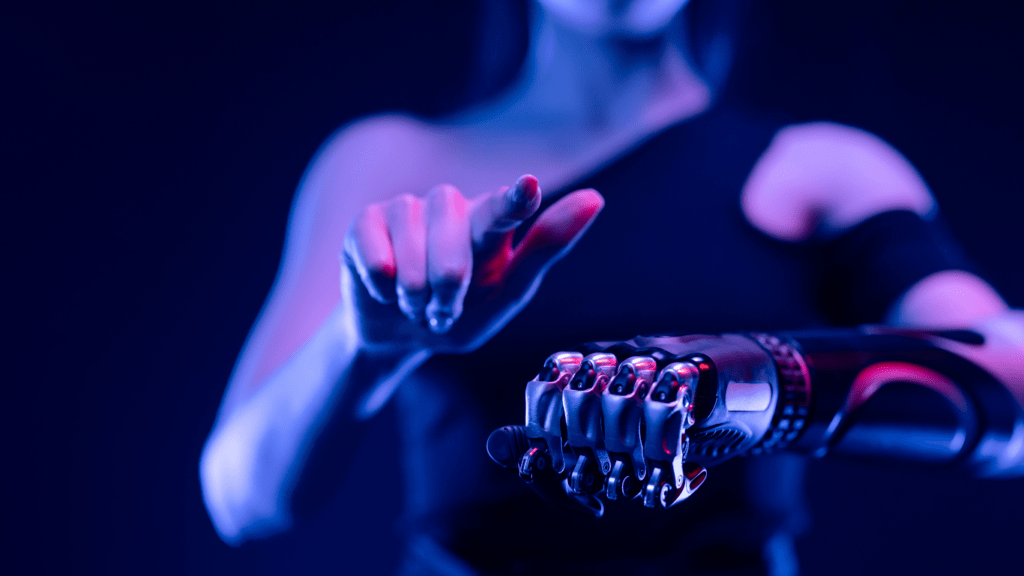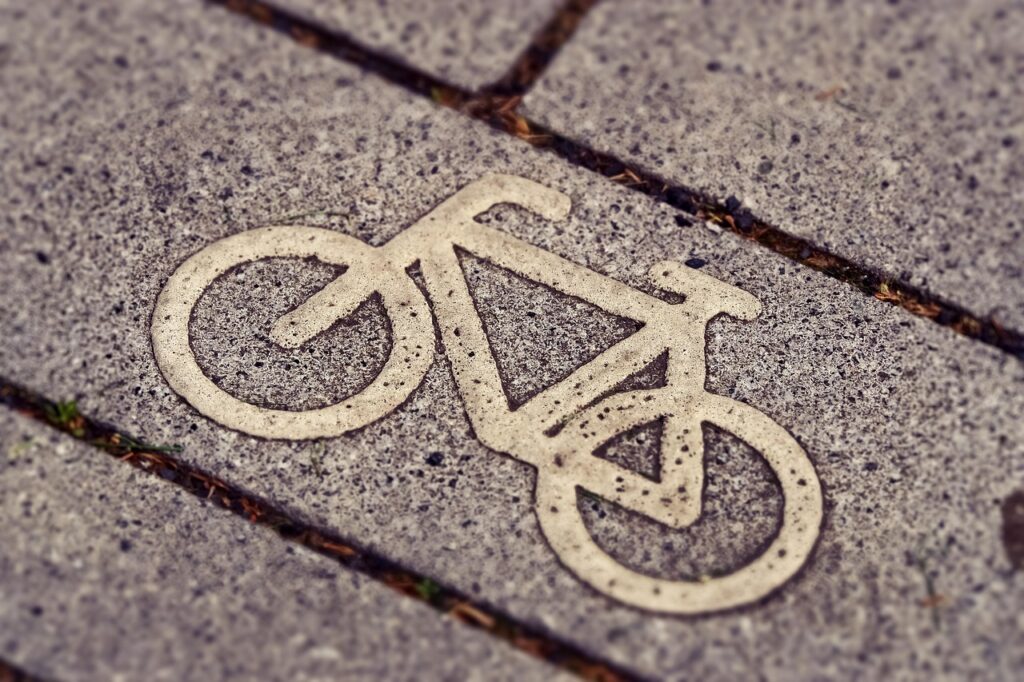Artificial Intelligence (AI) is revolutionizing the landscape of digital art, pushing boundaries and redefining creativity. As an artist, I’ve witnessed firsthand the transformative power of AI in shaping the future of art. From generating unique pieces to enhancing artistic processes, AI’s impact is undeniable.
In this article, I’ll delve into the pivotal role that AI plays in the evolution of digital art, exploring how it influences artistic expression, collaboration, and the very essence of creativity. Join me on a journey through the intersection of technology and art, where AI algorithms are not just tools but collaborators in the creative process.
The Emergence of AI in Digital Art
In the realm of digital art, Artificial Intelligence (AI) has emerged as a transformative force, reshaping traditional approaches and expanding the horizons of creativity. As an artist, I have witnessed firsthand the profound impact of AI on the artistic landscape. Let’s delve into the evolution of AI in digital art, exploring its history and the key technologies driving this innovative fusion.
- Brief History of AI in Art
AI’s involvement in art isn’t a recent development. The intersection of AI and art dates back to the 1960s when artists and technologists began experimenting with computer-generated artworks. Over the decades, AI has evolved from basic algorithms to sophisticated neural networks that can analyze and generate artistic content autonomously. This rich history underscores the gradual but significant progress AI has made in becoming a creative partner for artists around the world. - Key Technologies Driving AI in Art
Several cutting-edge technologies underpin the integration of AI in the realm of art, revolutionizing how artists conceptualize and create their works. Machine Learning algorithms, particularly Generative Adversarial Networks (GANs) and Style Transfer models, have paved the way for AI-generated art that mimics human creativity. Additionally, Neural Style Transfer algorithms enable artists to apply the style of one image to another, offering a blend of artistic inspiration and AI precision. These technologies represent the forefront of AI innovation in digital art, propelling the boundaries of artistic expression to new heights.
How AI is Changing Art Creation
Art creation has undergone a significant transformation with the integration of Artificial Intelligence (AI) into the creative process. As an artist, I’ve witnessed first-hand how AI is reshaping traditional artistic methods and opening up new avenues for artistic expression.
AI-Driven Art Tools and Platforms
AI-driven tools and platforms have empowered artists to explore innovative techniques and styles that were previously unimaginable. These tools utilize advanced algorithms, such as Generative Adversarial Networks (GANs) and Neural Style Transfer, to assist artists in generating unique artworks seamlessly. By leveraging AI, artists can experiment with different artistic styles, generate complex patterns, and explore creative possibilities beyond human imagination.
Case Studies: Successful AI Art Projects
Examining successful AI art projects reveals the immense potential and impact of AI in the art world. Projects like “The Next Rembrandt” have demonstrated how AI can replicate the style of a renowned artist to create a new masterpiece. Another notable example is the collaboration between artist Mario Klingemann and the Google Arts & Culture Lab, where AI was used to create mesmerizing artworks by blending human creativity with algorithmic processes.
The infusion of AI into art creation is revolutionizing the way artists conceptualize and produce artwork, pushing the boundaries of creativity and innovation in the digital art landscape.
Implications of AI on Artists and the Art Industry
Artificial Intelligence (AI) is significantly altering the landscape of art creation, presenting both challenges and opportunities for artists and the art industry. Let’s explore how AI is influencing traditional art techniques and opening up new horizons for artists.
Impact on Traditional Art Techniques
AI’s impact on traditional art techniques is profound. By leveraging AI algorithms like Neural Style Transfer, artists can explore new ways of blending styles, creating fusion artworks that transcend conventional boundaries. The ability of AI to analyze massive datasets and generate art in various styles offers artists innovative methods to experiment with diverse artistic techniques, pushing the boundaries of traditional art forms.
New Opportunities for Artists
The integration of AI into the art industry brings forth a myriad of opportunities for artists. AI-powered tools enable artists to streamline their workflow, enhance productivity, and explore new creative avenues. Collaborating with AI systems allows artists to delve into uncharted territories of imagination, generating unique and captivating artworks that fuse human creativity with machine intelligence. Additionally, AI facilitates personalized art experiences for viewers, creating interactive and immersive art installations that engage audiences in unprecedented ways. As artists adapt to the digital era infused with AI technologies, they embrace a dynamic landscape that fosters innovation and creativity, shaping the future of digital art.
Ethical and Intellectual Property Considerations
As I delve into the realm of AI’s impact on digital art, the ethical and intellectual property dimensions come to the forefront, sparking crucial debates and considerations that shape the future landscape of art creation and ownership.
Debates on Creativity and Originality
Exploring the intersection of AI and art inevitably leads to contemplation on the concepts of creativity and originality. While AI tools offer novel ways for artists to express themselves and experiment with innovative styles, questions arise about the authenticity and uniqueness of artworks generated with machine assistance. The ongoing debate revolves around defining where creativity originates – from human ingenuity or from the algorithms embedded in AI systems. Artists leveraging AI tools face the challenge of maintaining their artistic voice while embracing the collaborative potential of these technologies.
Legal Implications and Artist Rights
In the evolving landscape of AI-generated art, legal frameworks and artist rights take on a new significance. The ownership and copyright of artworks produced with AI tools raise complex legal questions regarding authorship and intellectual property rights. Artists must navigate the intricacies of licensing agreements, attribution requirements, and the boundaries of fair use when incorporating AI-generated elements in their creations. As the boundaries between human-made and AI-generated art blur, legal systems are adapting to safeguard artists’ rights and ensure the ethical use of AI in the creative process.



